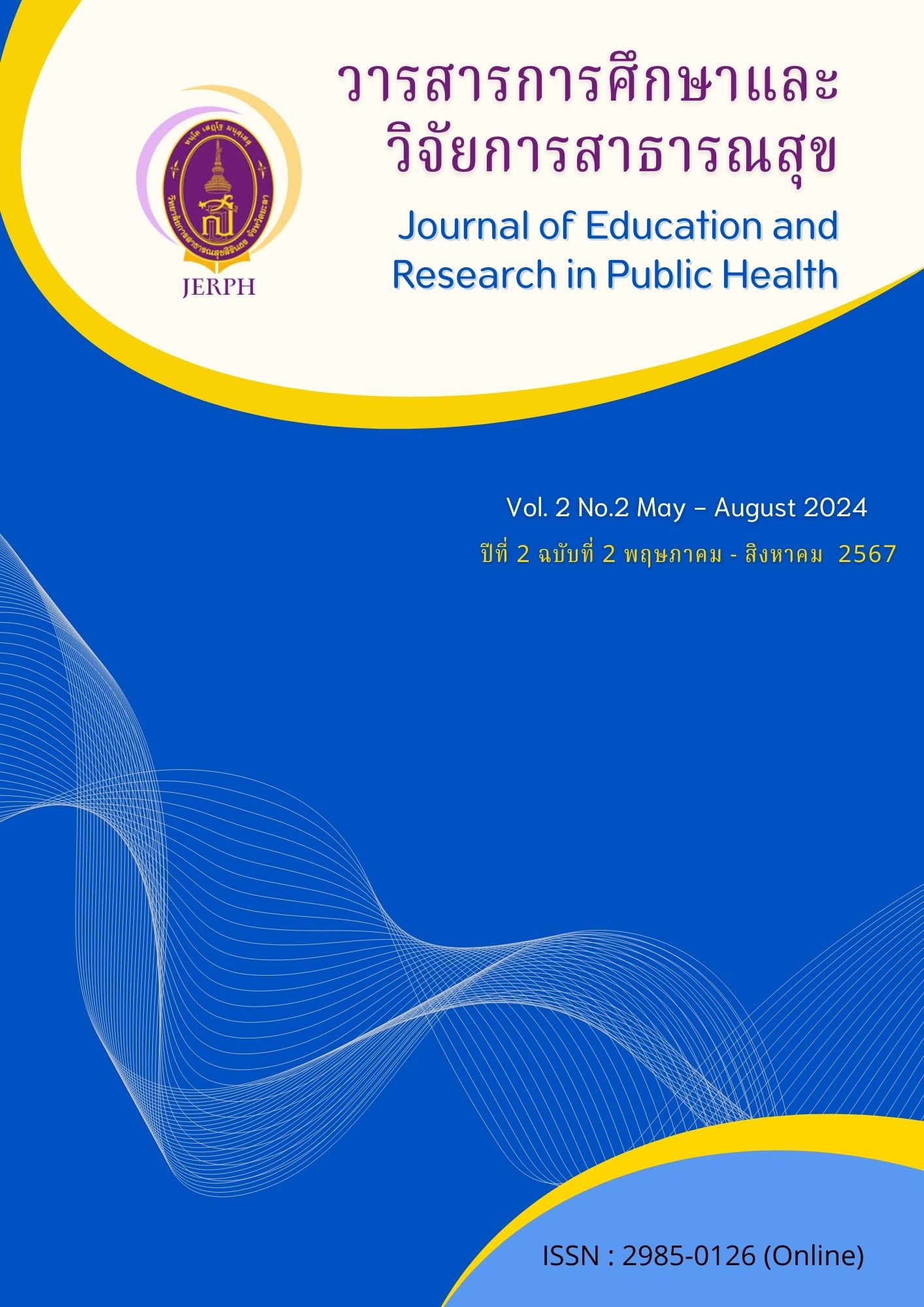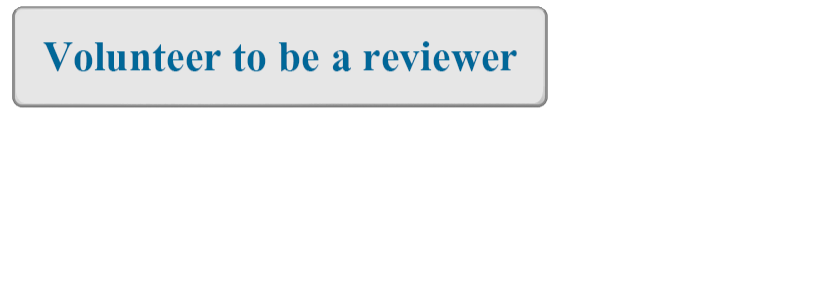ประสิทธิภาพการกดหน้าอกภายหลังการอบรมด้วยโมเดลหุ่นของพยาบาลวิชาชีพโรงพยาบาลปัตตานี
คำสำคัญ:
การกดหน้าอก, การช่วยชีวิต, พยาบาลวิชาชีพ, ภาวะหัวใจหยุดเต้นเฉียบพลัน, โมเดลหุ่นบทคัดย่อ
การศึกษาเชิงกึ่งทดลอง รูปแบบมีกลุ่มทดลองกลุ่มเดียวและมีการสอบวัดผลก่อนและหลังการอบรมการกดหน้าอกในโมเดลหุ่น มีวัตถุประสงค์เพื่อศึกษาประสิทธิภาพการกดหน้าอกของพยาบาลวิชาชีพโรงพยาบาลปัตตานีก่อนและหลังการอบรมด้วยโมเดลหุ่นในเดือนมีนาคม 2566 ได้กลุ่มตัวอย่าง 82 คน คัดเลือกกลุ่มตัวอย่างด้วยวิธีการสุ่มโดยใช้โปรแกรมคอมพิวเตอร์จากรายชื่อแต่ละแผนกในสัดส่วนที่ใกล้เคียงกัน รวบรวมข้อมูลทั่วไปของพยาบาลวิชาชีพ และข้อมูลตัวชี้วัดประสิทธิภาพการกดหน้าอกในโมเดลหุ่นฝึกช่วยชีวิตขั้นสูงพร้อมเครื่องบันทึกข้อมูล หุ่นฝึกช่วยชีวิตขั้นสูงนี้ได้รับการสอบเทียบมาตรฐานให้เป็นไปตามแนวทางปฏิบัติของสมาคมหัวใจอเมริกา วิเคราะห์ข้อมูลด้วยสถิติเชิงพรรณนา เปรียบเทียบตัวชี้วัดประสิทธิภาพ ด้วย Paired t-test ผลการศึกษาพบว่า พยาบาลวิชาชีพที่เข้าอบรมกดหน้าอกในโมเดลหุ่นส่วนใหญ่เป็นเพศหญิง ร้อยละ 93.9 อายุเฉลี่ย 38.24 ปี (±6.92) มีดัชนีมวลกาย 23.0 กิโลกรัม/เมตร2 ขึ้นไป ร้อยละ 51.2 มีประสบการณ์การกดหน้าอกมากกว่า 15 ครั้ง ร้อยละ 42.7 ประสิทธิภาพการกดหน้าอกหลังอบรมเพิ่มขึ้นอย่างมีนัยสำคัญทางสถิติทุกตัวชี้วัด ได้แก่ อัตราเร็วในการกดหน้าอก ความลึกในการกดหน้าอก ระยะเวลารบกวนการกดหน้าอก และร้อยละของการขยายตัวกลับของทรวงอก การอบรมการกดหน้าอกของพยาบาลวิชาชีพด้วยโมเดลหุ่น ช่วยเพิ่มประสิทธิภาพการกดหน้าอก จึงควรจัดอบรมให้กับพยาบาลวิชาชีพทุกคน
Downloads
เอกสารอ้างอิง
Panchal AR, Bartos JA, Cabañas JG, Donnino MW, Drennan IR, Hirsch KG, and et al. Part 3: Adult basic and advanced life support: 2020 American Heart Association guidelines for cardiopulmonary resuscitation and emergency cardiovascular care. Circulation. 2020; 142(16 suppl 2): 366-468. DOI: 10.1161/CIR.0000000000000916.
เกรียงไกร เฮงรัศมี. หัวใจหยุดเต้นเฉียบพลัน (Cardiac arrest). สืบค้นเมื่อ 23 มกราคม 2567 จาก https://www.thaiheartfound.org/Article/Detail/140418.
โรงพยาบาลปัตตานี. ผู้ป่วยที่มีภาวะหัวใจหยุดเต้นเฉียบพลัน. ปัตตานี, ฐานข้อมูลโปรแกรม HOSxP โรงพยาบาลปัตตานี. 2566.
Kim EJ, Lee KR, Lee MH, and Kim J. Nurses’ cardiopulmonary resuscitation performance during the first 5 minutes in in-situ simulated cardiac arrest. Journal of Korean Academy of Nursing. 2012; 42(3): 361-8. DOI: 10.4040/jkan.2012.42.3.361.
Sasson C, Rogers MA, Dahl J, and Kellermann AL. Predictors of survival from out-of-hospital cardiac arrest: A systematic review and meta-analysis. Circulation. 2010; 3(1): 63-81. DOI: 10.1161/CIRCOUTCOMES.109.889576.
Fanshan M, Lin Z, Wenqing L, Chunlei L, Yongqiang L, and Naiyi L. Functions of standard CPR training on performance qualities of medical volunteers for Mt. Taishan International Mounting Festival. BMC Emergency Medicine. 2013; 13(Suppl 1): S3. DOI: 10.1186/1471-227X-13-S1-S3.
Anderson R, Sebaldt A, Lin Y, and Cheng A. Optimal training frequency for acquisition and retention of high-quality CPR skills: A randomized trial. Resuscitation. 2019; 135: 153-61. DOI: 10.1016/j.resuscitation.2018.10.033.
Krasteva V, Jekova I, and Didon JP. An audiovisual feedback device for compression depth, rate and complete chest recoil can improve the CPR performance of lay persons during self-training on a manikin. Physiological Measurement. 2011; 32(6): 687-99. DOI: 10.1088/0967-3334/32/6/006.
Cheng A, Lockey A, Bhanji F, Lin Y, Hunt EA, and Lang E. The use of high-fidelity manikins for advanced life support training--a systematic review and meta-analysis. Resuscitation. 2015; 93: 142-9. DOI: 10.1016/j.resuscitation.2015.04.004.
Yeung J, Meeks R, Edelson D, Gao F, Soar J, and Perkins GD. The use of CPR feedback/prompt devices during training and CPR performance: A systematic review. Resuscitation. 2009; 80(7): 743-51. DOI: 10.1016/j.resuscitation.2009.04.012.
Harvey D, Webber J, and O'Brien DW. Variability of CPR training requirements among New Zealand health professionals. New Zealand Medical Journal. 2022; 135(1551): 25-39.
Mokhtari Nori J, Saghafinia M, Kalantar Motamedi MH, and Khademol Hosseini SM. CPR training for Nurses: How often is it necessary?. Iran Red Crescent Medical Journal. 2012; 14(2): 104-7.
Leary M, McGovern SK, Balian S, Abella BS, and Blewer AL. A pilot study of CPR quality comparing an augmented reality application vs. a standard audio-visual feedback manikin. Frontiers in Digital Health. 2020; 2: 1. DOI: 10.3389/fdgth.2020.00001.
Sayee N, and McCluskey D. Factors influencing performance of cardiopulmonary resuscitation (CPR) by Foundation Year 1 hospital doctors. The Ulster Medical Journal. 2012; 81(1): 14-8.
Balian S, McGovern SK, Abella BS, Blewer AL, and Leary M. Feasibility of an augmented reality cardiopulmonary resuscitation training system for health care providers. Heliyon. 2019; 5(8): e02205. DOI: 10.1016/j.heliyon.2019.e02205.
Olasveengen TM, Mancini ME, Perkins GD, Avis S, Brooks S, and Castrén M. Adult basic life support: 2020 international consensus on cardiopulmonary resuscitation and emergency cardiovascular care science with treatment recommendations. Circulation. 2020; 142(16 suppl 1): 41-91. DOI: 10.1161/CIR.0000000000000892.
ดาวน์โหลด
เผยแพร่แล้ว
รูปแบบการอ้างอิง
ฉบับ
ประเภทบทความ
หมวดหมู่
สัญญาอนุญาต
ลิขสิทธิ์ (c) 2024 วารสารการศึกษาและวิจัยการสาธารณสุข

อนุญาตภายใต้เงื่อนไข Creative Commons Attribution-NonCommercial-NoDerivatives 4.0 International License.







